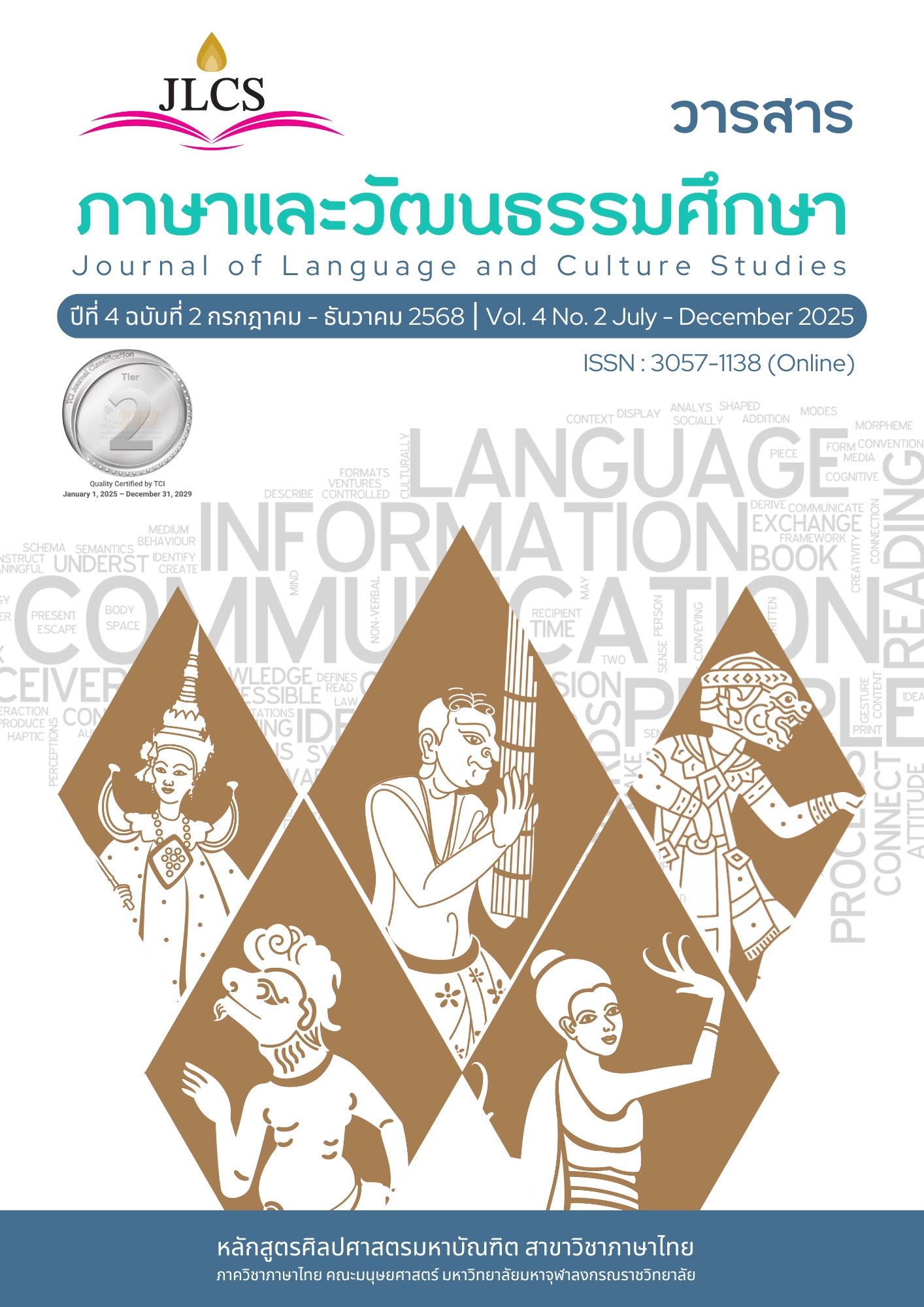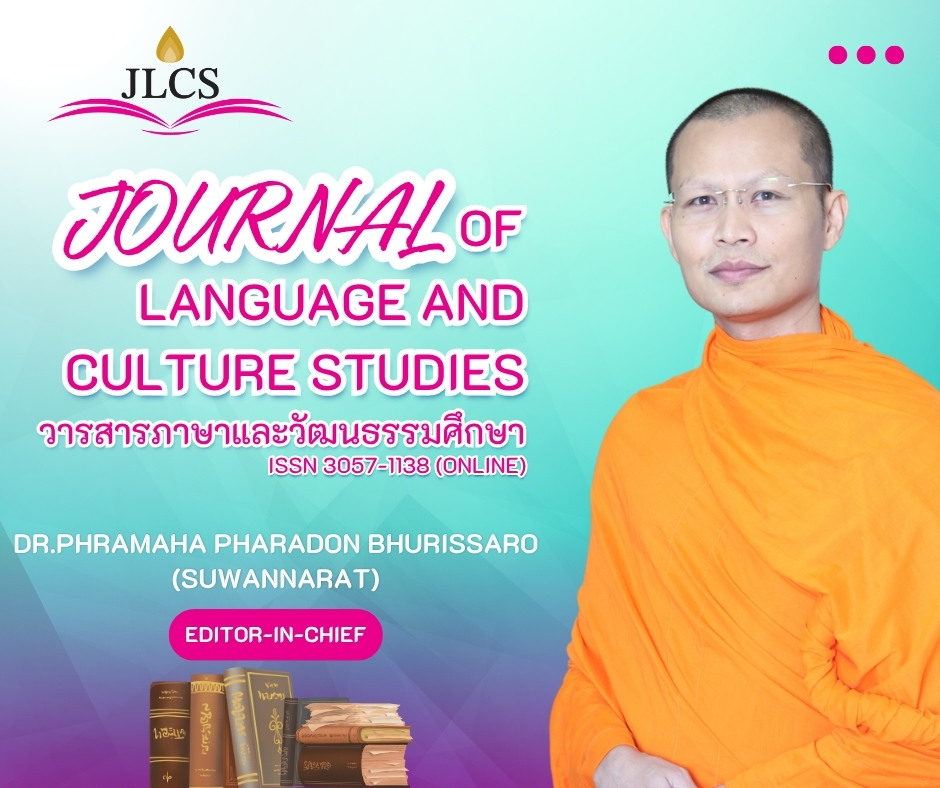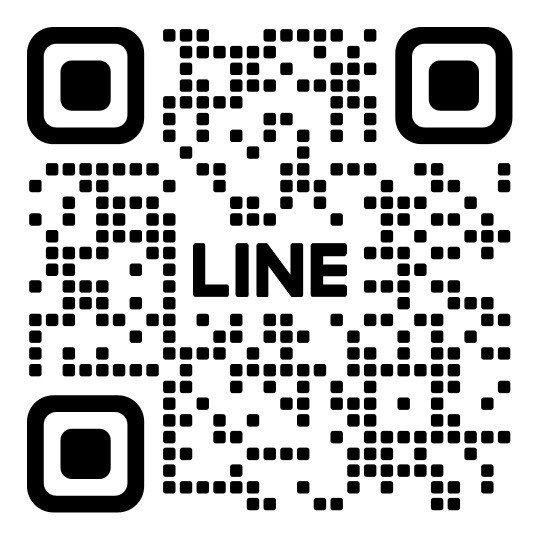LEARNING ENGLISH TRANSLATION THROUGH APPLICATIONS: A STUDY OF NEW OPPORTUNITIES AND CHALLENGES IN THE DIGITAL ERA
Keywords:
Translation Applications, Artificial Intelligence, Natural Language Processing, Learner-centered Learning, Critical Language AnalysisAbstract
This academic article explores the impact of digital technology on language learning, with particular emphasis on the effectiveness of translation applications in English language acquisition. The main objectives are to analyze the potential, opportunities, and challenges of translation technology in language education, focusing on key technologies such as Artificial Intelligence (AI), Machine Learning (ML), and Natural Language Processing (NLP). The synthesis reveals that translation applications significantly contribute to the development of the four language skills—listening, speaking, reading, and writing—while reducing time and location constraints in learning. However, challenges remain, including inaccuracies in translation, limitations in conveying cultural contexts, and the risk of over-reliance on technology. This article synthesizes a conceptual framework for integrating translation applications into learner-centered instruction and proposes the development of critical language analysis skills. These findings provide insights for designing innovative English language teaching approaches that address the needs of 21st-century learners.
References
จุฑามาศ อยู่เจริญ. (2559). การศึกษาการใช้โปรแกรมช่วยแปลในการแปลงานเฉพาะทางระหว่างผู้แปลที่เป็นผู้เชี่ยวชาญในหัวข้อกับผู้แปลทั่วไป (วิทยานิพนธ์ศิลปศาสตรมหาบัณฑิต สาขาวิชาการแปลภาษาอังกฤษและไทย). กรุงเทพมหานคร: มหาวิทยาลัยธรรมศาสตร์.
ถิรนันท์ ปานศุภวัชร. (2565). การพัฒนารูปแบบการจัดการเรียนการสอนภาษาอังกฤษตามแนวการสอนแบบปฏิสัมพันธ์ร่วมกับการเรียนรู้แบบร่วมมือเพื่อส่งเสริมความสามารถการอ่านเพื่อความเข้าใจและความสุขในการเรียนรู้ของนักศึกษาระดับปริญญาตรี (วิทยานิพนธ์ปรัชญาดุษฎีบัณฑิต สาขาวิชาหลักสูตรและการสอน). นครปฐม: มหาวิทยาลัยศิลปากร.
ถิรนันท์ ปานศุภวัชร และอุบลวรรณ ส่งเสริม. (2567). การพัฒนารูปแบบการจัดการเรียนการสอนภาษาอังกฤษตามแนวการสอนแบบปฏิสัมพันธ์ร่วมกับการเรียนรู้แบบร่วมมือเพื่อส่งเสริมความสามารถการอ่าน. Silpakorn University e-Journal Social Sciences, Humanities, and Arts, 44(2), 12-25.
บุษกร วิเศษสมบัติ จอมพงศ์ มงคลวนิช พัลลภ พิริยะสุรวงศ์ และปรัชญนันท์ นิลสุข. (2567). ปัญญาประดิษฐ์ (AI) : กับรูปแบบการนิเทศสมัยใหม่. Journal of Buddhist Education and Research, 10(4), 118–129.
ปัทมา เล็กยินดี และมนัสนันท์ น้ำสมบูรณ์. (2559). การพัฒนาผลสัมฤทธิ์ทางการเรียน ทักษะการแปลความ และทักษะการตีความ เรื่องสิ่งแวดล้อมในภูมิภาค ของนักเรียนชั้นประถมศึกษาปีที่ 5 ด้วยรูปแบบซิปปา. Veridian E-Journal Silpakorn University Humanities, Social Sciences and Arts, 9(2), 1671-1690.
วราภรณ์ ศรีนาราช และมณี จําปาแพง. (2564). การศึกษาการใช้แอปพลิเคชันเพื่อการเรียนรู้ด้านทักษะการแปลของนักศึกษาสาขาวิชาภาษาอังกฤษ คณะมนุษยศาสตร์ มหาวิทยาลัยราชภัฏเชียงราย. วารสารวิชาการคณะมนุษยศาสตร์และสังคมศาสตร์ มหาวิทยาลัยราชภัฏเทพสตรี, 12(3), 53–64.
สุวรรณี ศิริพิทักษ์ชัย. (2559). การพัฒนารูปแบบการเรียนรู้ตามแนวคิดภาระงานเป็นฐานโดยใช้แหล่งท่องเที่ยวในท้องถิ่นเพื่อส่งเสริมทักษะการพูดภาษาอังกฤษ ชั้นมัธยมศึกษาปีที่ 4. วารสารดุษฎีบัณฑิตทางสังคมศาสตร์, 6(พิเศษ), 66–80.
Dung Le. (2024). Investigating how cultural differences influence the translation process and the strategies used by translators to bridge cultural gaps. Journal of Translation and Language Studies, 5(3), 26–36.
Priya Agrawal. (2024). Role of Artificial Intelligence in Teaching and Learning English Language. International Journal for Multidisciplinary Research, 6(3), 1-6.
Ruchika Sinhal Kapil Gupta and Anuj Jain. (2018). Language translation for E-learning systems. International Research Journal of Engineering and Technology (IRJET), 5(1), 1271–1276.
Sai-ed, K. (2021). Enhancing Autonomous Learning Reading Comprehension by Using Augmented Reality (AR) English as a Foreign Language in (EFL) classrooms. FOYER: The Journal of Humanities, Social Sciences, and Education, 4(2), 410–427.









